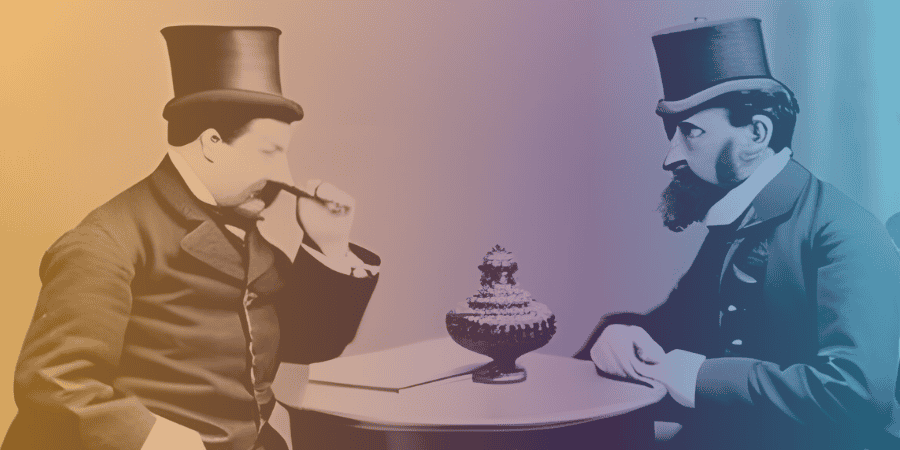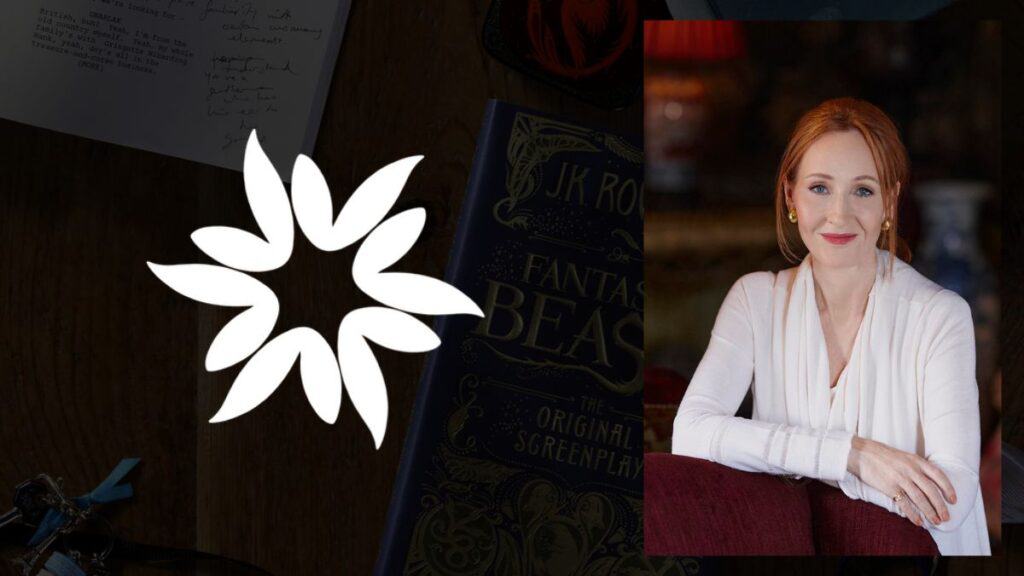Key Takeaways
- April Fools' Day, celebrated on April 1, is a tradition of playing hoaxes and practical jokes on others.
- The exact origins of the day remain a mystery, but it has been celebrated for centuries by different cultures.
- Some historians speculate that it dates back to 1582 when France switched from the Julian calendar to the Gregorian calendar, while others link it to the ancient Roman festival of Hilaria or the vernal equinox.
- Today, elaborate April Fools' Day hoaxes are still carried out by individuals, media, and major brands, ensuring the unofficial holiday's continued longevity.
Delve into the fascinating world of deception and trickery with our exploration of famous historical hoaxes and frauds.
From the enchanting Cottingley Fairies to the perplexing case of Mary Toft giving birth to rabbits, these tales of cunning and deceit have captivated the public’s imagination for centuries.
Discover how an alchemist duped a Duke, and how a forged medieval document influenced politics and religion.
Finally, learn about the timeless tradition of April Fools’ Day and its origins in mystery and revelry.
These extraordinary stories of audacious trickery reveal the human penchant for fooling others and being fooled in return.
The Cottingley Fairies: Believing in Magic
In 1917, young cousins Elsie Wright and Frances Griffiths took a series of photographs in Cottingley, near Bradford, featuring what appeared to be fairies.
The pictures gained widespread recognition and were even declared genuine by experts.
The duo later confessed in the 1980s that the fairies were drawings by Elsie, held in place with hatpins, but still claimed one photo was real.
The Berners Street Hoax: Chaos in London
On November 27, 1810, 54 Berners Street, London, became the scene of a grand hoax.
A steady stream of merchants, tradesmen, and dignitaries flooded the street, all summoned to the residence without the occupant’s knowledge.
Behind the hoax was Theodore Hook, who had bet a friend that he could make any house the most talked-about spot in London.
The Tiara of Saitaferne: A Fraudulent Treasure
In April 1896, the Louvre museum acquired what they believed was a golden, Greco-Scythian crown from the third century BC.
However, the tiara was a fake, created just a year before using modern tools and soldering. The Louvre still owns the crown but does not display it.
In 1555, an alchemist for Duke Cosimo I of Florence created a scheme to convince the Duke he could turn ordinary metals into gold.

Mary Toft: The Woman Who Gave Birth to Rabbits
In 1726, Mary Toft, a woman from Godalming, convinced several doctors that she had given birth to rabbits.
When the second royal surgeon, Cyriacus Ahlers, grew skeptical, Toft was intensely questioned and eventually confessed to the hoax.
She was briefly imprisoned and later lived out her days in Godalming, known as the “Rabbit Woman.”
Turning Lead into Gold: The Alchemy Scam
In 1555, an alchemist for Duke Cosimo I of Florence created a scheme to convince the Duke he could turn ordinary metals into gold.
After a successful demonstration, the Duke paid a fortune for the recipe, only for the con artist to flee to France without leaving any trace of the mysterious substance.
The Donation of Constantine: A Powerful Forgery
This medieval document, supposedly recording a gift of land from Roman Emperor Constantine the Great to Pope Sylvester I, was actually a forgery dating from the eighth century AD.
The forgery influenced politics and religion in medieval Europe until its true nature was exposed in the 15th century.








